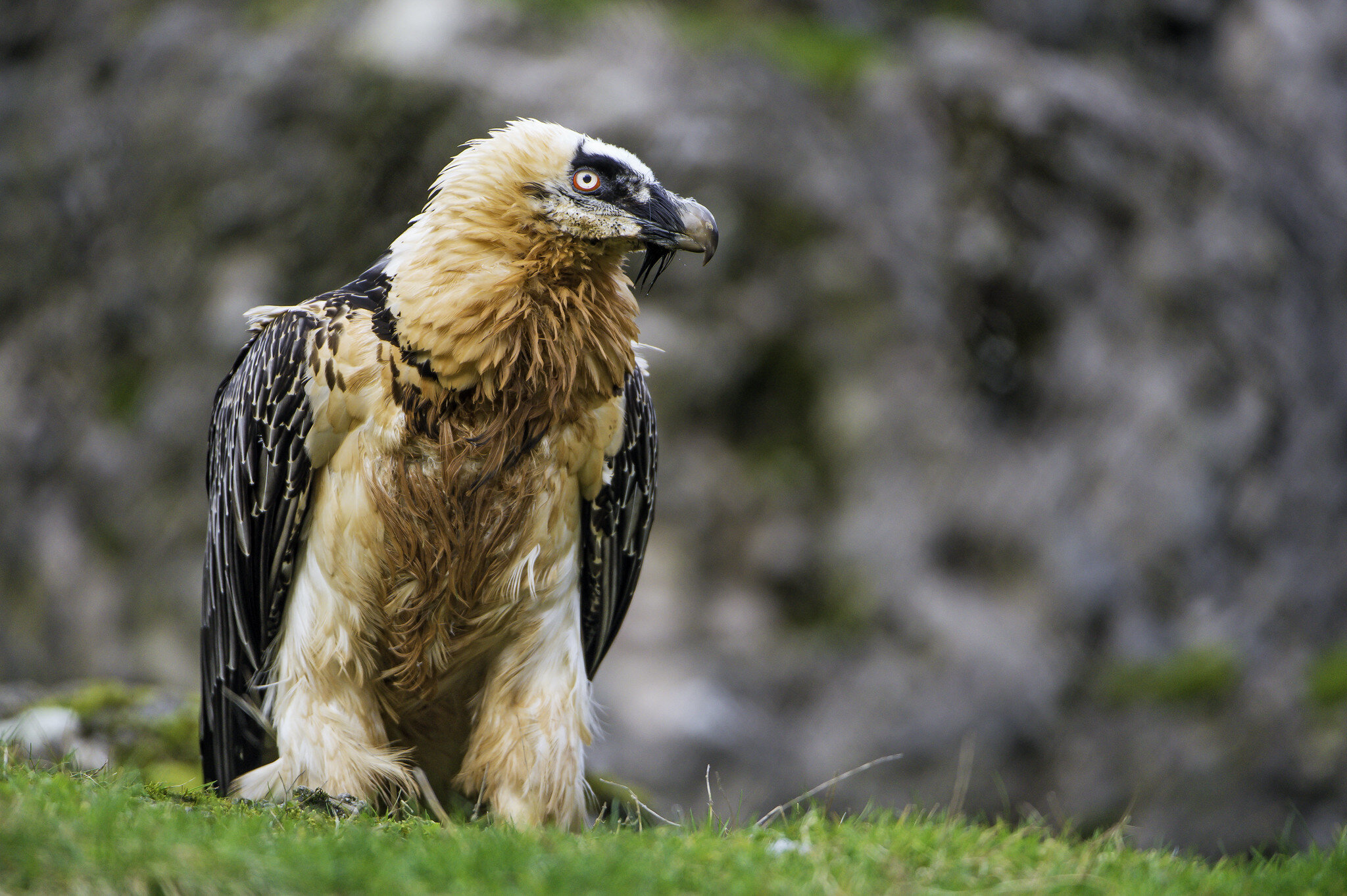The Wild Focus Blog
(Usually) Monthly Posts about wildlife, photography, conservation, travel, and science
Many years ago, I read Lewis and Clark’s account of their cross-continental voyage. My favorite part was the wide variety of spellings of “musquetors,” which were often “verry troublesome.” Lewis and Clark may have had spelling issues, but they were spot on in their “troublesome” description… mostly.
It’s hard to overstate just how important photography is (and has been) in conservation. From trail cams to drones, from satellites to microscopes, cameras have been essential tools at every stage of nature preservation.
I was over the moon about the recent video of the baby colossal squid, captured by the Schmidt Ocean Institute. … Every time I think about colossal squids — and honestly, cephalopods in general — my mind is a little bit blown that I share a planet with these incredible creatures.
It’s spring here in the northern hemisphere, and with spring comes a surge of critters. I’ve seen lots of spiders around my home lately, so I thought I’d take some time to talk about spiders and why they’re cool. Arachnaphobia warning, but also if you’re not too sure about spiders, you might want to give this one a read.
We humans have come up with a lot of cool stuff. But it doesn’t usually just come out of the blue. For millennia, we’ve been inspired by the natural world to invent, engineer, and improve. This area of engineering is known as biomimicry or biomimetics — quite literally, “copying life.” In this post, I’ll highlight some of my favorite examples of engineering and design inspired by the natural world.
We don’t like thinking about death, with good reason. It’s scary and uncomfortable, but it happens to us all. Nothing lives forever. But the end of one living thing is the beginning of many others, or at least the middle. Heads up that post is on the macabre side.
From deep ocean denizens to strange sharks, the ocean is full of bizarre creatures. But out of all the odd marine life out there, the sunfish, or mola, might be one of the weirdest of them all.
Hi again! It’s been a while since my last post - longer than I expected. It turns out that moving to the other side of the planet and starting a new job is a bigger process than I was anticipating. In this post I’ll cover what I’ve been up to for the last 6 months or so. Then I’ll go through my new plan for the Wild Focus Project.









I’ve heard people describe the Cambrian explosion as “Mother Nature throwing spaghetti at the wall to see what sticks,” and yeah, that’s pretty accurate. These creatures evolved to fill certain roles in their ecosystem — predators, primary producers, scavengers, etc. — but in ways that seem totally alien to us. Here are a few of my favorite weirdos from this time.